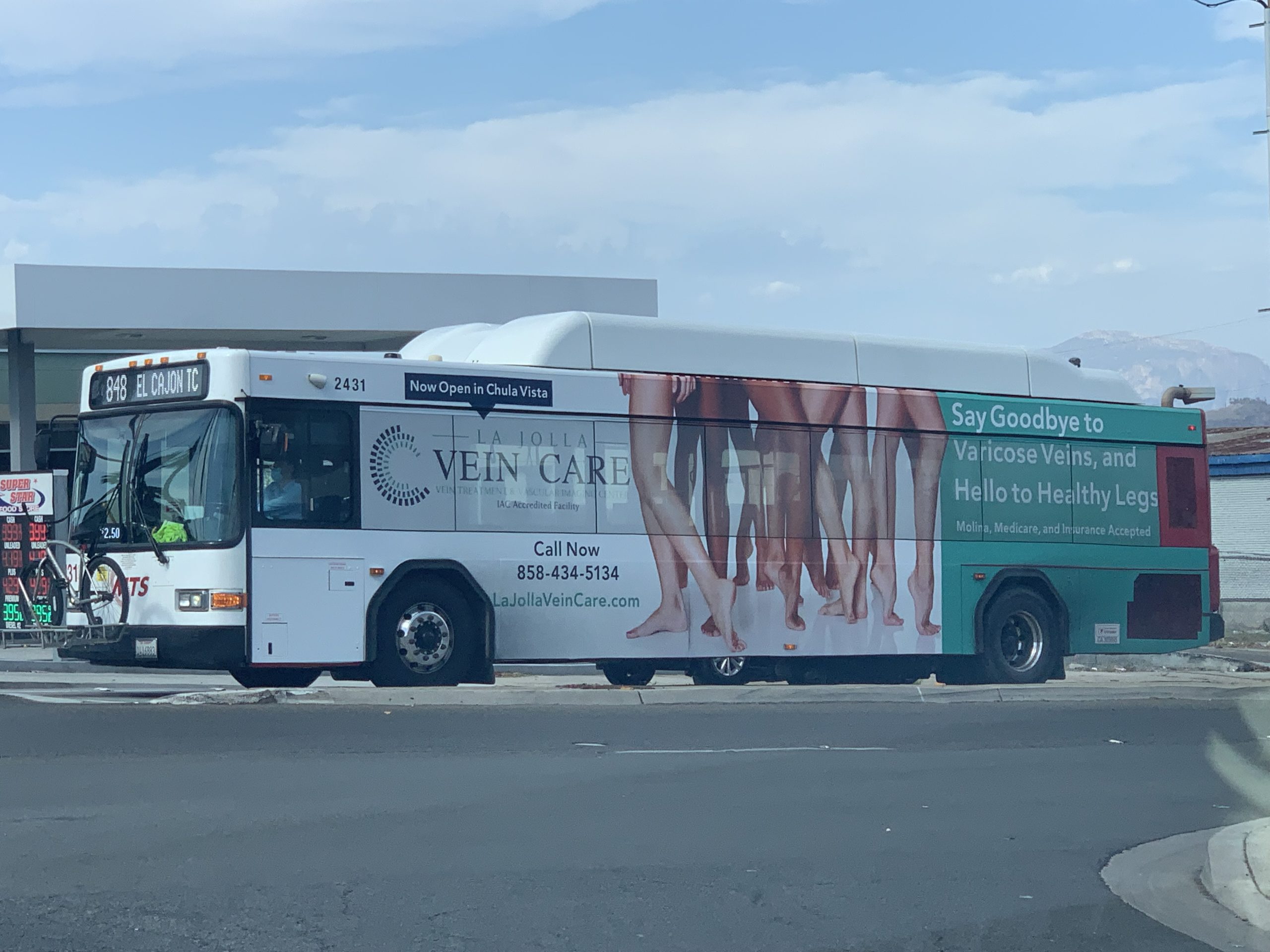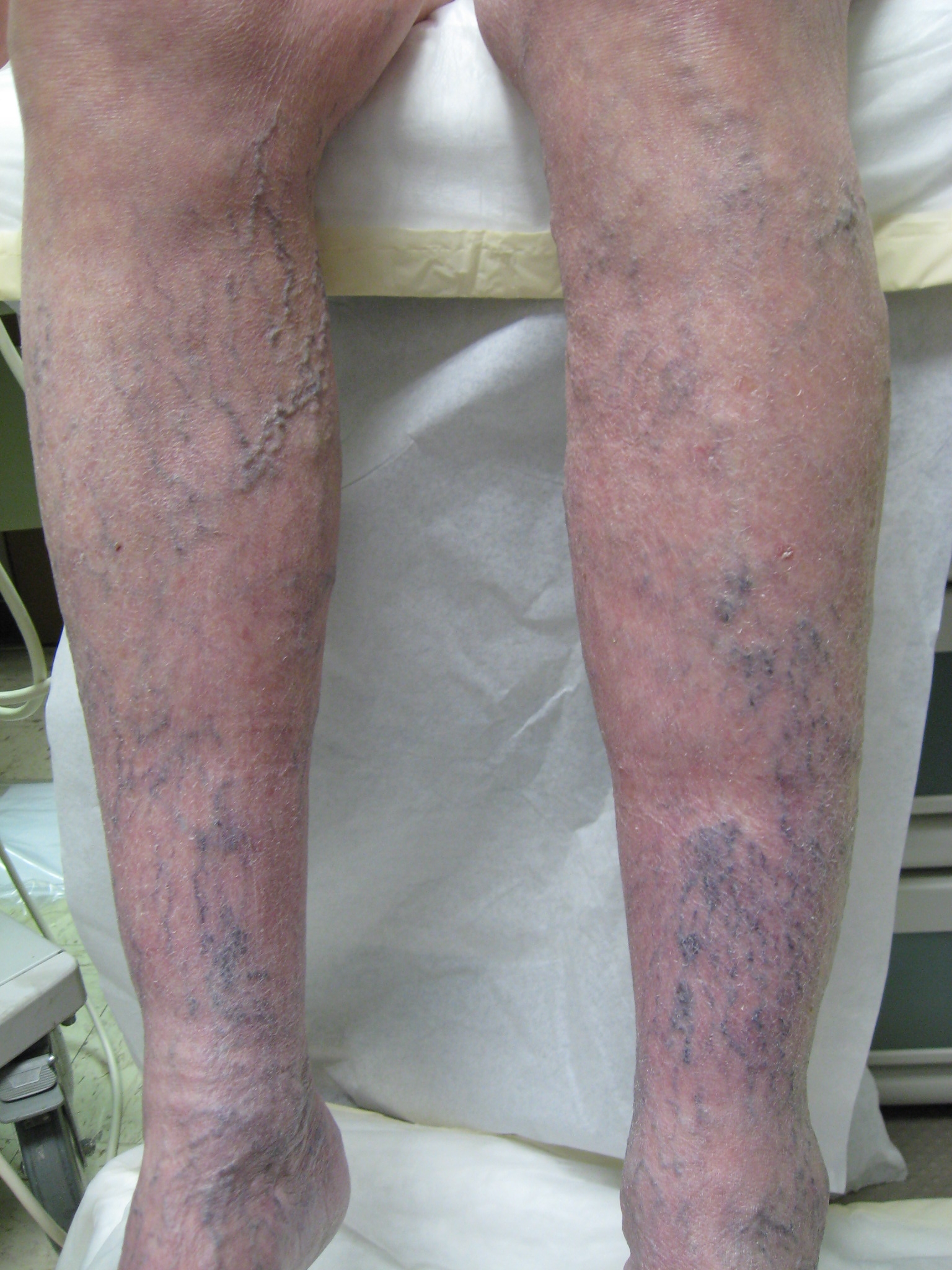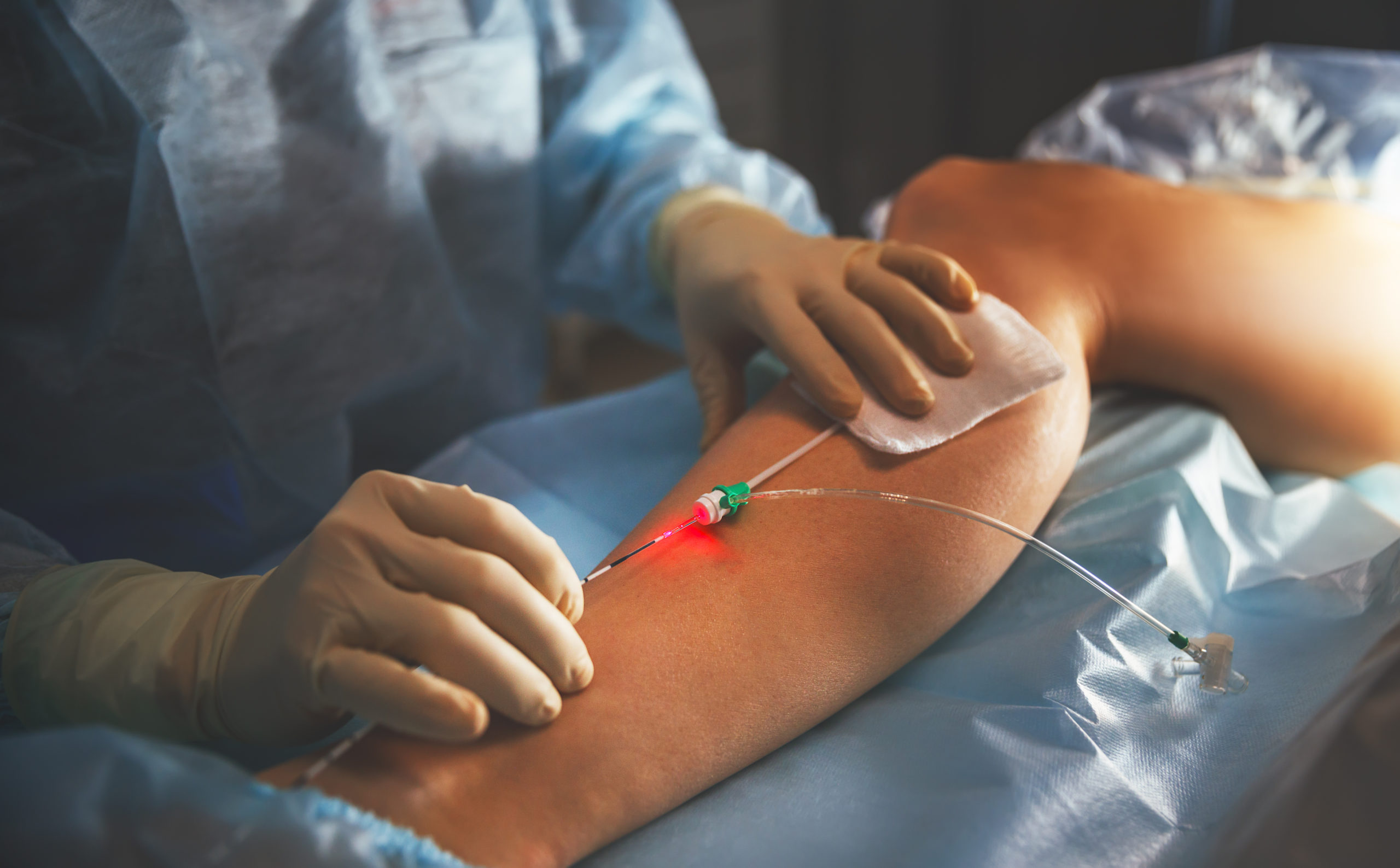Kaiser Insurance Now Accepted!
Nisha Bunke2024-07-24T20:25:22-07:00As San Diego’s #1 top provider of varicose vein and vascular care, La Jolla Vein & Vascular is thrilled to announce being selected to be vein specialist providers for patients with Kaiser Permanente several months ago. Our physicians have passed rigorous credentialing by Kaiser Permanente and we now accept patients with Kaiser insurance. Please call […]



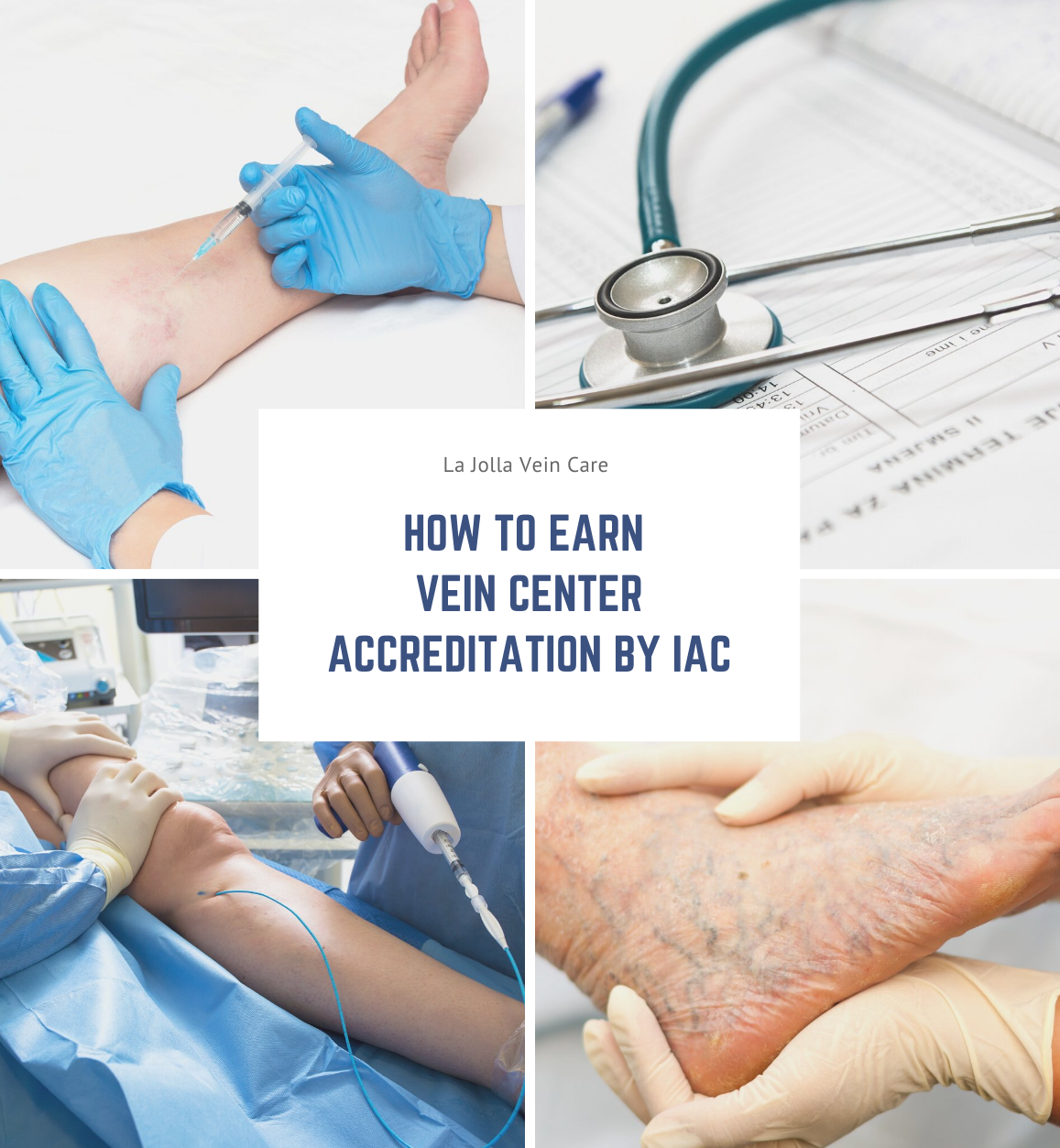
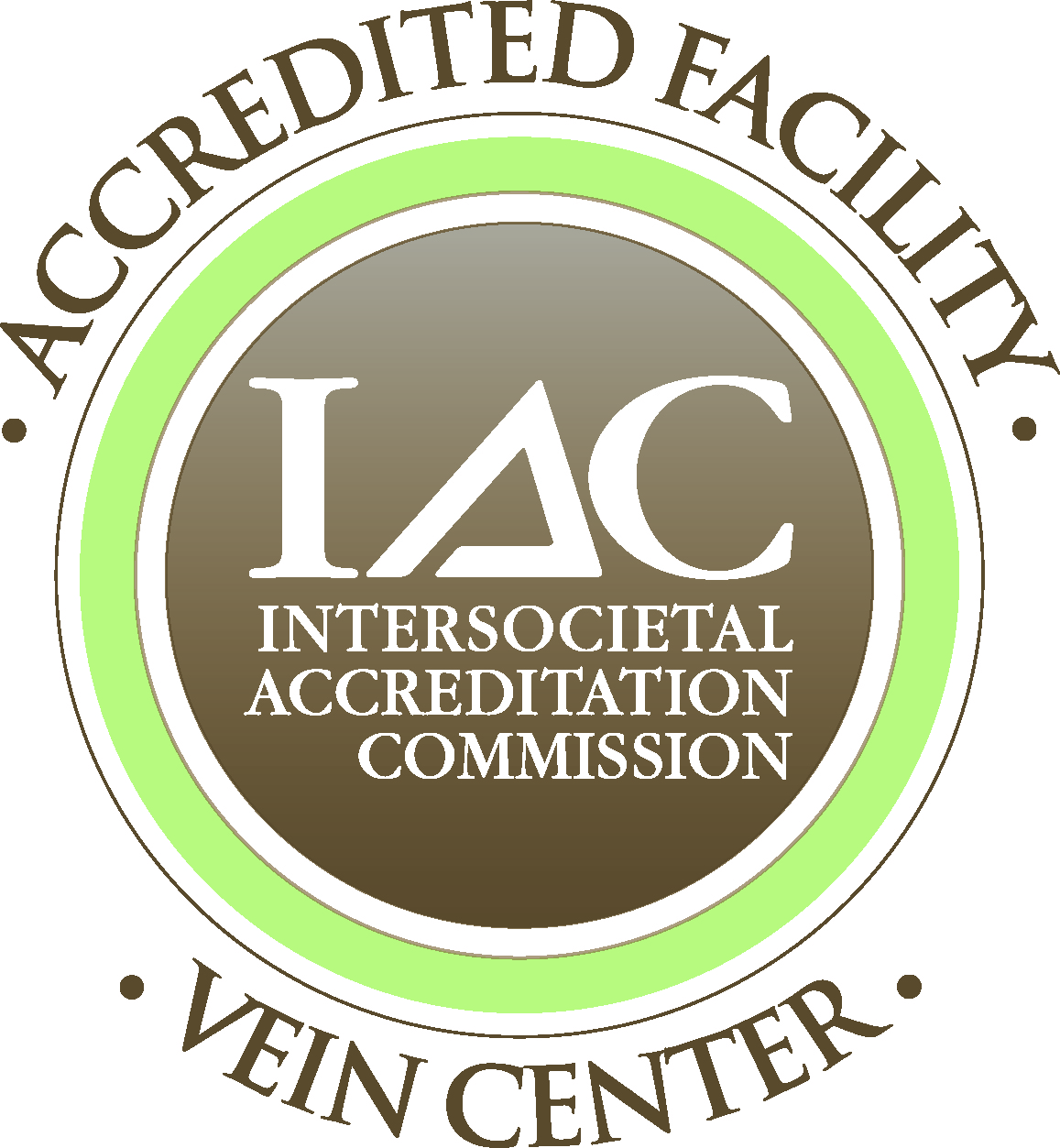
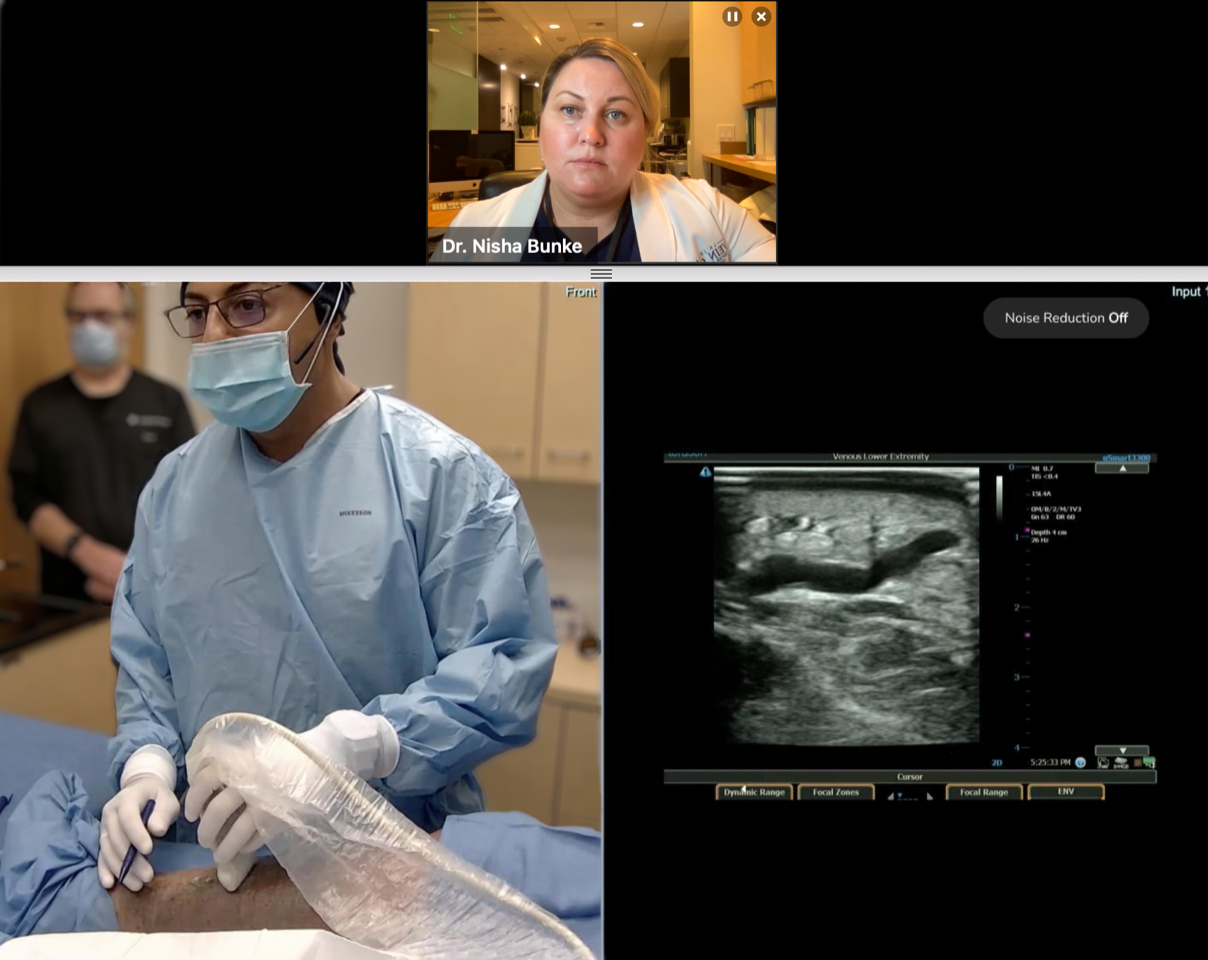

 Avanta IPA
Avanta IPA
